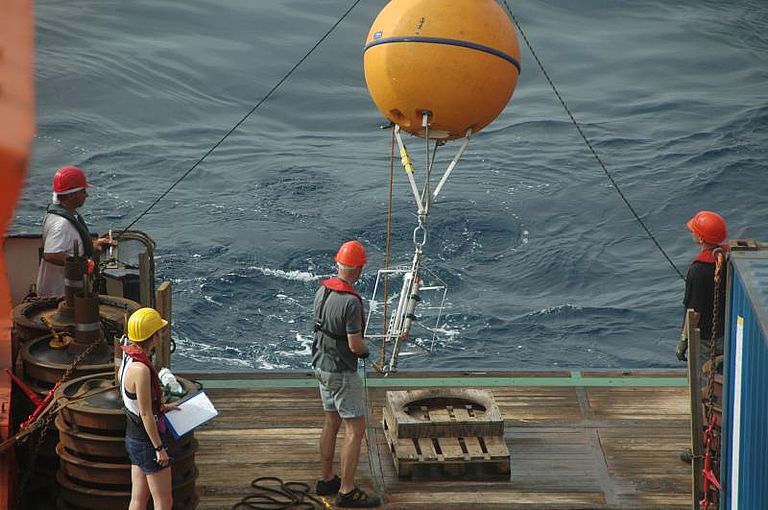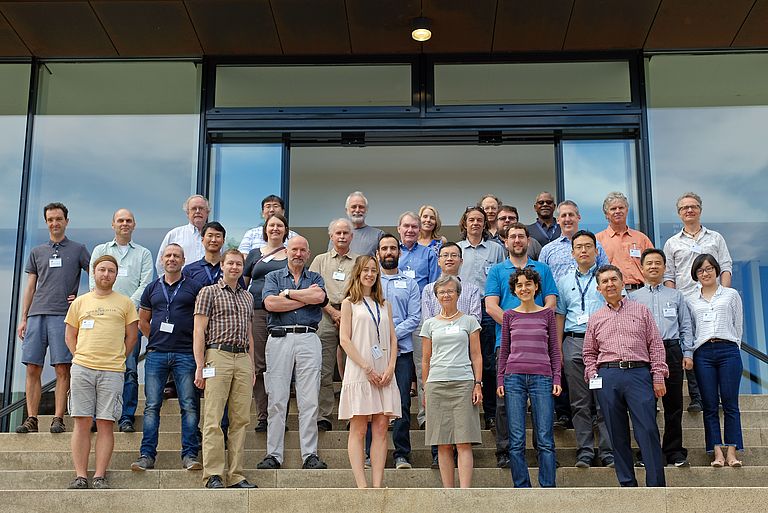Long-term Ocean Observation needed
12th Meeting of the International OceanSITES Consortium at GEOMAR
04 July 2018 / Kiel. The ocean not only dominates the face of the Earth with its pure size. It also produces oxygen, absorbs carbon, distributes energy around the planet, influences weather and climate and ultimately life even on the continents. The question to which extent the ocean is changing and to which effects can only be answered with accurate and long-term observations. The international OceanSITES consortium operates more than 300 observatories worldwide, each collecting data from the surface of the ocean to depths of up to 5000 meters.
This week, 50 scientists from 15 countries are gathering at the GEOMAR Helmholtz Centre for Ocean Research Kiel for the 12th meeting of the international OceanSITES consortium to exchange the latest findings from this data, as well as to talk about future observation strategies and to discuss possible new locations for observatories.
“Another important topic at the conference is data quality control, the archiving and the publication of the collected data. After all, the measurement results should be globally comparable and accessible under the umbrella of the Global Ocean Observing System (GOOS) and Global Ocean Climate System (GCOS) - not only to science, but also to politics, the economy and the public,” says Dr. Johannes Karstensen from GEOMAR, one of the chairs of the OceanSITES consortium and host of this year's conference.
The GEOMAR is partner in OceanSITES with, inter alia, an array of moorings at the exit of the Labrador Sea. The moorings collect data at one of the key points of global ocean circulation. The Labrador Sea is one of only four regions where cold, saline water masses sink from the surface into the deep. The Cape Verde Ocean Observatory north of the Cape Verde island of São Vicente is also a member of OceanSITES. With its help scientist were able to detect for the first time oxygen-free eddies with a diameter of up to 100 kilometer which are generated off the West African coast and migrate across the Atlantic.
"The ocean is, fortunately, an inert system that is currently buffering many of anthropogenic changes of the earth system. But we have to get to know it much better. This requires endurance, because short-term observations do not reveal developments", emphasizes Dr. Karstensen.





